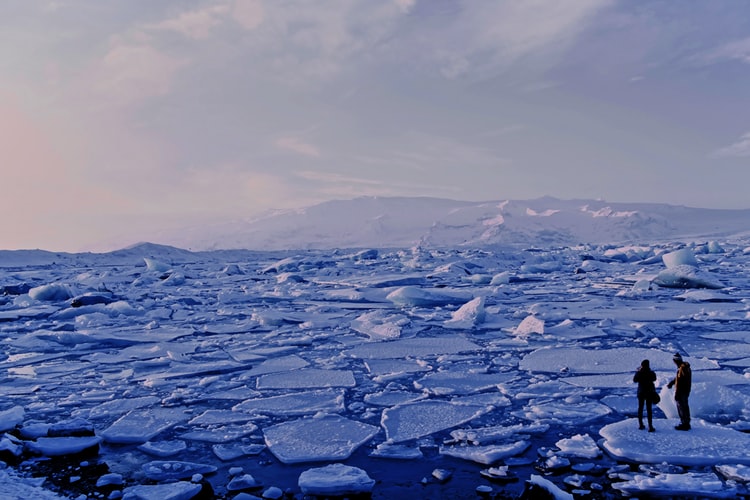Scientists have pointed out that the world will lose 10% of glacier ice even if it hits climate targets. The loss will be near about 13,200 cubic kilometres or more of water. This puts nearly 1.9 billion people at risk, most of them coming from India and China.
Climate change is a global issue that needs to be targeted and talked about much more than what one is doing now. Execution is the key to such talks but at this point even if we manage to meet our climate targets we are still at loss.
According to the exclusive compiled figures for the Guardian, 10 percent of the world’s mountain glacier ice will have melted by the middle of this century even if we collectively manage to meet the goals of the Paris climate agreement.
The loss is to affect the highly populated river deltas, wildlife habitats and sea levels. In the hard-hit areas including central Europe, North America and more, the mass of the glacier is expected to decline by more than half.
Scientists have said that such an extensive glacier melt-off is somewhat unavoidable due to human activities over decades now.
However, there is still a tiny ray of hope with the recent advancement in laws and commitments by the Government of different countries.
Recently, New Zealand became the first country to introduce climate change laws for financial firms. The country can make banks reveal their impact on climate change. Most countries have set goals for themselves to become carbon neutral in the coming years. Big corporations too have taken these initiatives and goals.
Ben Marzeion, a glaciologist from the University of Bremen extracted data from a compilation of more than 100 computer models of various research institutes and organisations around the world. The studies project various potential outcomes depending on various emission routes and weather patterns.
Marzeion calculated the average mass loss over the various scenarios as 13,200 Gt (Between 2021 and 2050).
Experts claim that even if we resort to heavy emission cuts now, it would barely slow this effect. The situation can be handled to only about 20 percent. 80 percent of this catastrophe has always been locked in. However, the decisions taken now will have a huge impact on the future.
In a high emission case scenario, we would be losing around 36 percent whereas, in a low emission scenario we would be losing only 18 percent, which is definitely a slowdown.
According to the latest European State of the Climate Report, mountain glacier melt contributes more than a third of sea-level rise, a higher contribution than the Antarctic.
Long term actions are the need of the hour currently.

